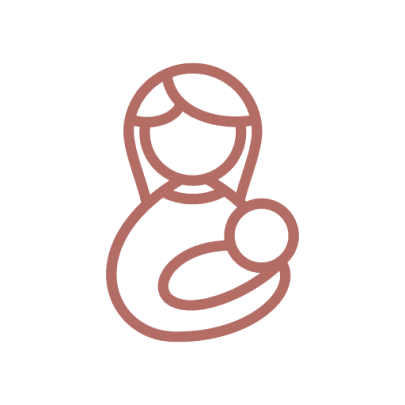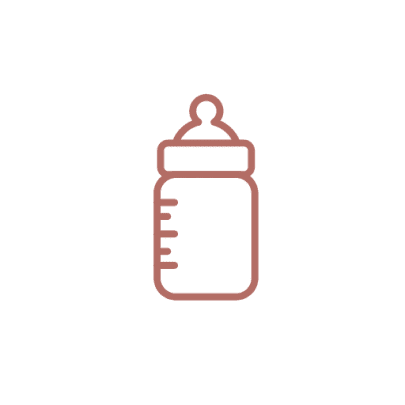Recovering after a C-section
With Caesarean births, also known as C-sections, taking place in around 25% of all births in New Zealand, it’s important to know what to expect following the birth of your baby if you have a C-section. Here are some FAQs on what the recovery process is like after you have a C-section.
Q: How long will I take to heal from a C-section?
A: Recovery time varies from woman to woman. Some mums bounce back quickly, while others take a little longer. On average, allow for three to four days in hospital and about four to six weeks recovering at home. Expect the wound to be somewhat painful while it heals, so take it easy and use pain relief if needed. After all, you’ve just had major abdominal surgery!
Q: When can I get up and move around?
A: Once your epidural has been removed, your midwife and nurses will encourage you to get up and walk around as this helps with circulation and reduces the risk of a blood clot. Take your time and move slowly until you feel stronger. You may need help getting into and out of bed. Use your hand to apply pressure to your C-section incision when using your tummy muscles to cough or laugh.
Q: Can I breastfeed after a C-section?
A: Absolutely! Talk to your midwife, LMC, or a lactation consultant about the easiest and most comfortable position to breastfeed. A breastfeeding pillowcan help take the pressure off your scar, while lying on your side or using the “football hold”, with your baby tucked under your arm at your side, are often the easiest positions for mums breastfeeding after a caesarean birth.
Q: How do I cope at home?
A: The first few weeks at home after the birth of your baby can be pretty rough whether you’ve had a C-section or a vaginal birth, so take it easy for at least six to eight weeks, no matter how well you are feeling. Anything that puts pressure on your tummy muscles, including vacuuming, lifting heavy items, and picking up small children, should be avoided or can lead to your incision rupturing and becoming infected. This is particular hard to follow if you have toddlers as well as your new baby, but we cannot stress how important this is. Get some help with housework, and follow your LMC’s advice on what is an appropriate level of activity.
Q: Can I drive after a C-section?
A: It’s physically possible to drive after a Caesarean, but not recommended. You need to be fully in control of the vehicle and able to stop in an emergency without hesitation, but because of the possible pain you’ll feel while you are healing, plus your consciousness of how your body is feeling, means it’s probably better to wait to drive again until your scar has had time to heal. This may take a few weeks and the recommended time to wait before driving is four to six weeks. Your LMC can advise you of their recommendation based on your personal circumstances. Also, check with your insurance company, as they may have restrictions around driving following a C-section, and you may need written confirmation from your LMC confirming you are fit enough to drive.
Q: Why can’t I lose my pregnancy tummy?
A: Although most mums are surprised they don’t just “bounce back” to their pre-pregnancy shape straightaway, it helps to remember that it takes several months for your abdominal muscles to knit back together, and for your body to shed the pregnancy weight and belly fat. This is further prolonged after a Caesarean birth, as your scar may feel swollen and too painful to allow for exercise. Provided you are feeling up to it, some light exercise like walking should be fine. Remember to eat healthy too.
Q: Will I be able to have a vaginal birth with my next pregnancy?
A: This really depends on the circumstances of your Caesarean section and your next pregnancy. Statistically, most mums who have already had a C-section generally have another C-section with any future pregnancies, but VBAC (vaginal birth after Caesarean) is a viable option for many mums, so talk to your LMC about what is best for your circumstances.








